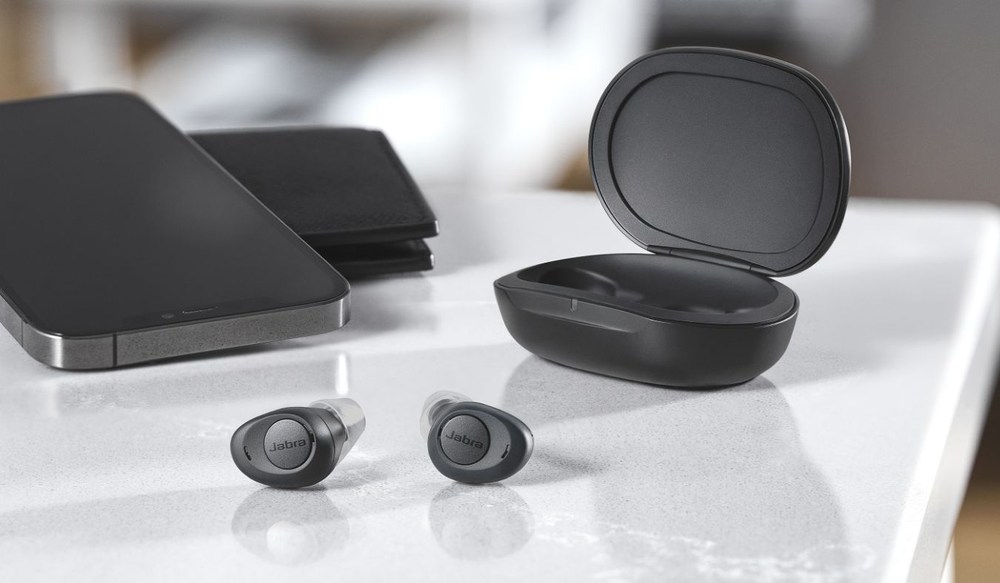How Noise Exposure Damages Hearing Over Time
Everyday life is filled with sound, from the steady hum of air


Everyday life is filled with sound, from the steady hum of air

Hearing aids have developed beyond basic amplification to include features

Our ears are important for how we hear and interact with the world.